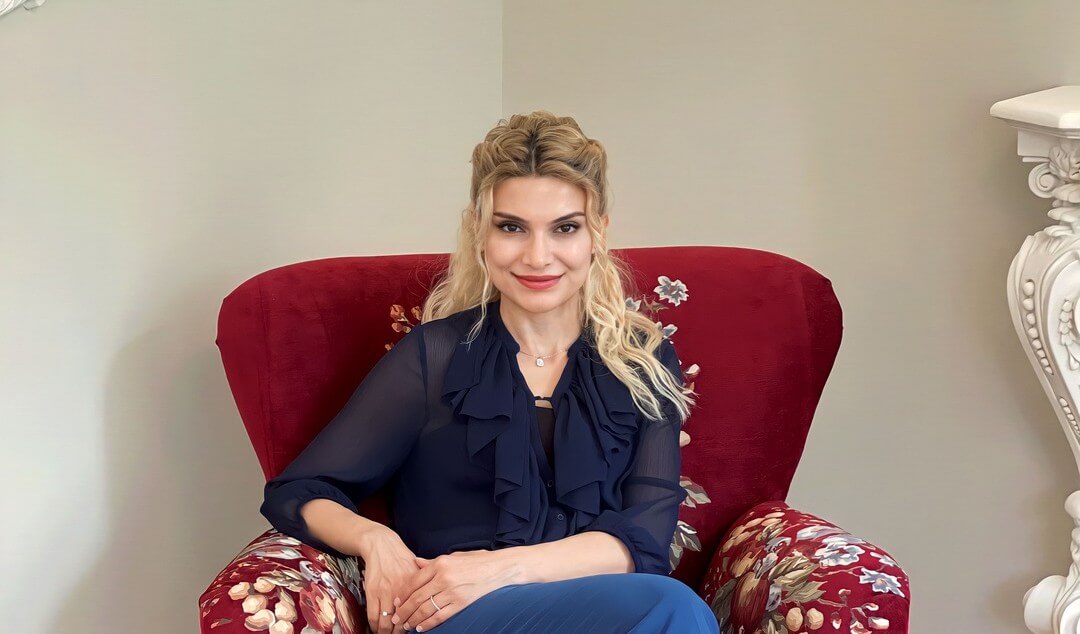Upper Eyelid Blepharoplasty
Cosmetic eyelid surgery, also known as blepharoplasty, is one of the most frequently performed procedures among facial rejuvenation surgeries. The skin of the upper eyelid, subcutaneous muscle and connective tissue, fat tissue, suspensory ligaments, and occasionally the lacrimal gland can be affected by various factors such as environmental influences, aging, genetic factors, gravity, eyelid trauma, eyelid masses, and rubbing due to allergic eyelid conditions. Sagging of the upper eyelid skin, loosening of muscle and connective tissue, laxity of suspensory ligaments, anterior displacement or herniation of fat tissue, and downward displacement of the lacrimal gland can occur. These conditions can lead to feelings of heaviness on the eyelids, a sad expression, and tired-looking eyes in patients. Severe sagging can result in reduced visual field. Complaints such as headache related to using the forehead muscle to lift the eyelids may occur. Patients require a detailed eye and periocular examination by an oculoplastic surgery specialist, assessment of existing refractive errors, evaluation of eye and eyelid muscle function, visual field examinations when necessary, and assessment of accompanying pathologies. Understanding the patient's expectations and explaining how this surgery will meet those expectations, as well as providing information on the necessity of combined surgeries, are essential. The correct technique for the right patient is decided based on all these evaluations.
Prior to surgery, medications should be reviewed, and adjustments made to medications with blood-thinning effects or supplementary multivitamin therapies. Upper eyelid blepharoplasty is typically performed under local anesthesia, but can also be done under sedation or general anesthesia based on patient preference or necessity.
One of the most critical stages of surgery is the skin marking stage for surgical planning. There is often a misconception that upper eyelid aesthetics involve only skin excision and suturing. However, intervention in subcutaneous connective tissue, muscle, fat tissue, and occasionally the lacrimal gland may be necessary. Methods are available to shape the eyelid according to the individual's eye and periocular area and to prolong the longevity of the surgery. In the final stage, the skin incision is closed with aesthetic suture materials and techniques.
Patients can be discharged on the same day with only light bandaging over the suture site, without the need to close the eye. Post-surgical care includes applying ice for 48-72 hours. Swelling and bruising around the surgical site and adjacent tissues are expected effects. Rare complications may include failure of eyelid closure and bleeding that threatens visual function, especially in patients receiving anticoagulant therapy. In such cases, detailed evaluation and intervention by an eye specialist are essential. Patients can typically return to desk work or activities that do not require intense physical effort 3-4 days after surgery, and resume social activities that require physical effort within 7-10 days. Stitches are removed on days 7-10. The final surgical results vary from person to person but typically become evident within 2-3 months.
Lower Eyelid Blepharoplasty
The lower eyelid structure covers the lower part of the eyeball and extends towards the mid-face. Together with the upper eyelid, it ensures the blink function, protection of the eyeball, circulation of tears, and drainage towards the lacrimal duct. Factors such as age, gravitational effects, congenital, genetic, and environmental factors, history of facial paralysis, recurrent eyelid infections, eyelid tumors, and traumas can influence the anatomy of the lower eyelid. These factors lead to deformations in the lower eyelid's skin, subcutaneous connective tissue, muscle, fat, and supportive ligamentous tissues. These changes can cause complaints in individuals such as lower eyelid bags, sagging, depressions, formation of dark circles, and a tired and unhappy appearance. Patients presenting with these complaints should be evaluated by oculoplastic surgeons. After assessing the anatomical and functional status of the lower eyelid, as well as the condition of the lacrimal canal originating from the inner part of the lower eyelid and identifying lower eyelid bags, the most appropriate technique should be planned for the patient.
Lower eyelid aesthetic surgery can be performed under local anesthesia, sedation, or general anesthesia depending on the patient's condition. Medications used before the operation should be reviewed, and drugs with anticoagulant effects or supplements with multivitamins should be adjusted. Lower eyelid aesthetic surgery is mostly performed without a visible incision through the inside of the lower eyelid or with a fine incision line just below the lower eyelid lash line. Depending on the requirements of the cases, techniques, and components may include the removal or repositioning of some fat tissues causing lower eyelid bags, lifting the mid-face upwards, and tightening the eyelid suspensory ligaments.
Patients can be discharged on the same day without the need to close their eyes. In addition to postoperative medical treatments, ice application for 48-72 hours is necessary. Expected effects include swelling and bruising in the surgical area and surrounding tissues. External rotation of the lower eyelid and functional and cosmetic problems in the eyelid may occur due to excessive removal of skin and inadequate tightening of eyelid ligaments. Rare complications may include bleeding threatening visual function, especially in patients undergoing anticoagulant therapy, requiring detailed evaluation and intervention by an ophthalmologist. Patients can resume desk work or activities that do not require intense physical effort 3-4 days after surgery and social activities requiring activity after 7-10 days. In the transconjunctival technique (through the inside of the lower eyelid), there is no need for stitches. In the technique applied with a fine incision line below the eyelashes, stitches are removed on days 7-10. The final surgical outcome varies from person to person but typically becomes clear within 2-3 months.

